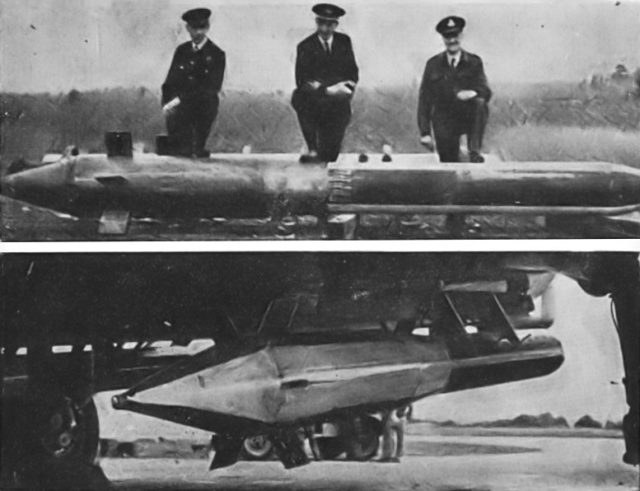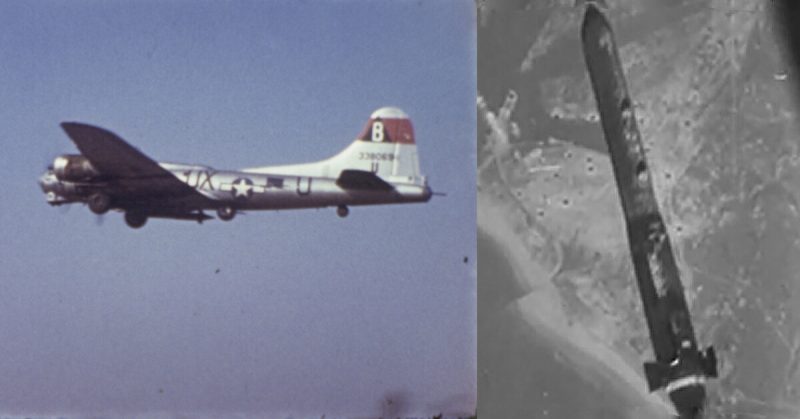In 1943, Disney released an animated film, Victory Through Air Power, which featured bombs penetrating a submarine pen.
Such a weapon did not exist, but rumor has it that when the British Royal Navy saw the film, they had a lightbulb moment and resolved to make such a bomb.
When it was made, it was aptly dubbed the Disney Bomb or the Disney Swish.
The Disney was designed to drop rapidly and penetrate concrete up to 50 feet deep. The primary targets were to be concrete bunkers and submarine pens. In the video, they can be seen but they look like small bombs.
Though they were only 16.6 feet long with a diameter of 11 inches, they weighed 4500 lbs. The purpose of the density was to take advantage of Newton’s approximation of impact depth and Young’s equation, which suppose that a long, slim projectile of high density will penetrate more deeply.
Although the Royal Navy devised the project, it was implemented by the United States with the US Army Eighth Air Force collaborating with the Royal Navy. RAF bombers never flew with them.
They were carried under the wings of B-17 Flying Fortresses because they were too long for the bomb bay.
Three official strikes were made using Disney Swish bombs.

February 10, 1945:
Nine aircraft carrying 18 Disney bombs attacked two fortified pens believed to be holding German Schnellboote torpedo boats and Biber midget submarines.
The concrete was successfully penetrated, but the pens had been emptied before the bombers arrived.
March 30, 1945:
The US Eighth Airforce sends 36 aircraft to bomb the Valentin submarine pens. The Valentin pens were under construction, and the Germans were planning to use them as a U-Boat factory.
The construction workers were concentration camp victims, POWs, and foreign civilian captives. There was a high rate of workplace death due to the terrible conditions.
Sixty Disneys targeted the site, but only one hit the structure. The Germans abandoned the site.
April 4, 1945:
Fortified targets in Hamburg were obscured by clouds. The 24 B-17 planes sent to deploy Disney bombs had to use radar to complete the task.
